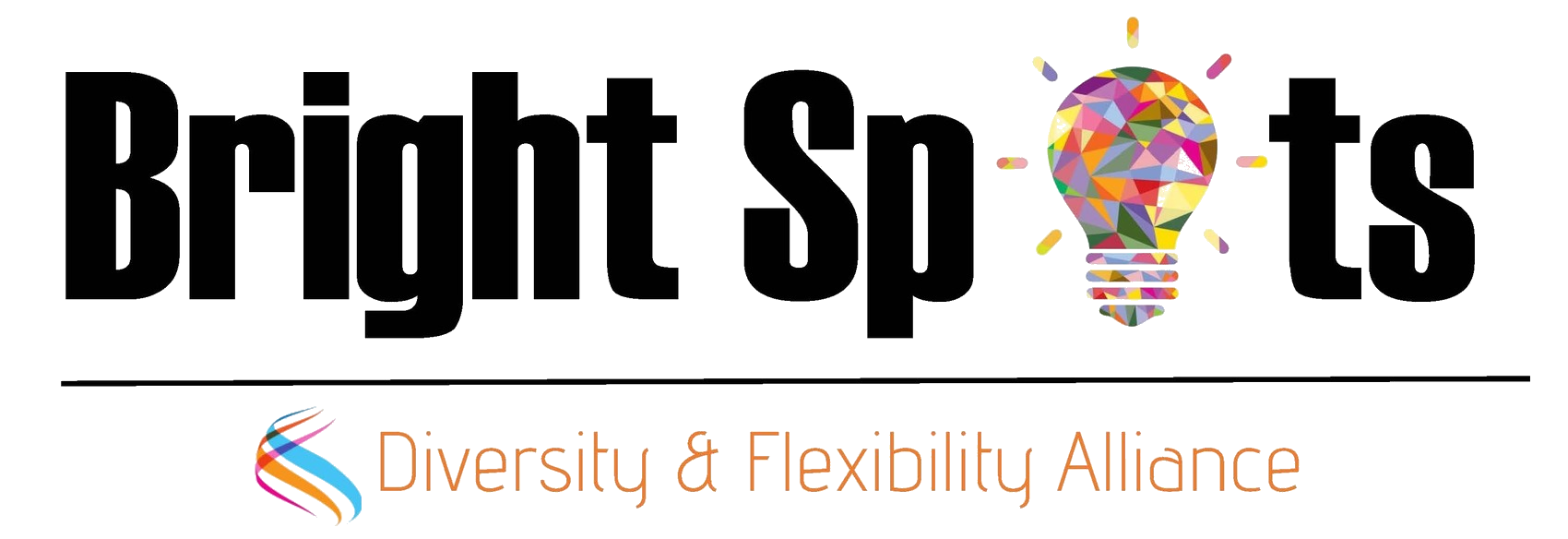In an effort to inform and inspire our members and friends, we often share diversity and flexibility Bright Spots – those small or large successes that impact an organization in a positive way. We believe that important diversity and flexibility initiatives can truly impact your organization’s bottom line, recruitment and retention capabilities and employee satisfaction.
BRIGHT SPOT – Chapman and Cutler – Virtual Coffee Chats
During the COVID -19 pandemic, many professionals have voiced concerns about the lack of “water cooler moments” with everyone working from home. In particular, some new Associates have found it difficult to network and find firm mentors while working remotely. The Talent Development office at law firm, Chapman and Cutler, came up with a creative, yet simple, solution to this new challenge. By creating a system for Virtual Coffee Chats, Chapman has been able to connect younger Associates with more senior colleagues for casual networking coffees.
The goal of the system was to make it easy for senior Partners to connect with First Year and Summer Associates for a 20-30 minute one-on-one Zoom call. The Zoom scheduling links were created to automatically schedule the coffees and add them to individual calendars. Therefore, no one was overburdened with scheduling the calls and the time commitment was minimal.
As an added incentive the Talent Development Office sent specialty coffees and teas – all provided by black or minority-owned businesses – to encourage participants and create a fun environment. This small incentive provided a very positive impact to firm culture.
IMPACT
The feedback has been overwhelmingly positive and many Partners and Associates plan to continue these virtual coffees long after the pandemic. Associates have really enjoyed meeting the Senior Partners and learning about best practices and new client projects. The Partners have appreciated the opportunity to meet the new Associates and pass down some good practice tips. The coffees have also helped with inter-office collaboration and one-on-one mentorship. There’s no doubt these mentoring relationships will continue to thrive beyond COVID.
Please share your Diversity & Flexibility Bright Spots with us by downloading and filling out THIS SHORT FORM and emailing it to Jane Caldeira at jane@dfalliance.com.



